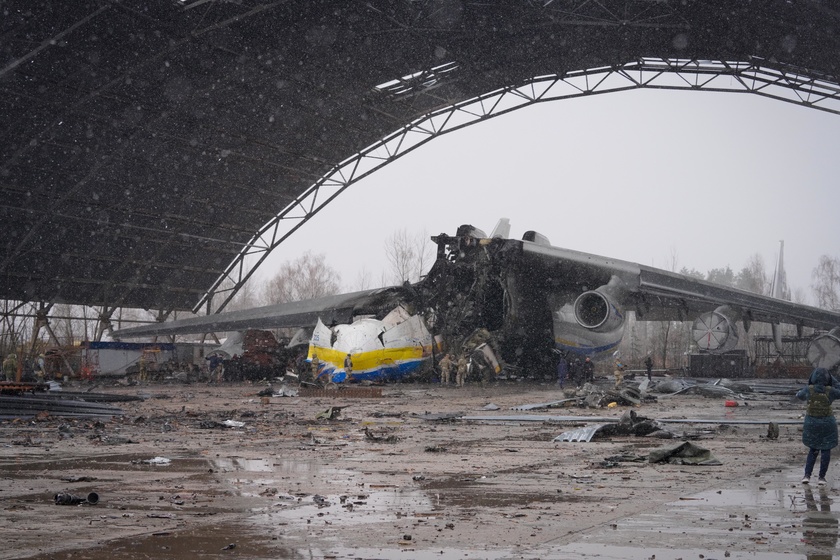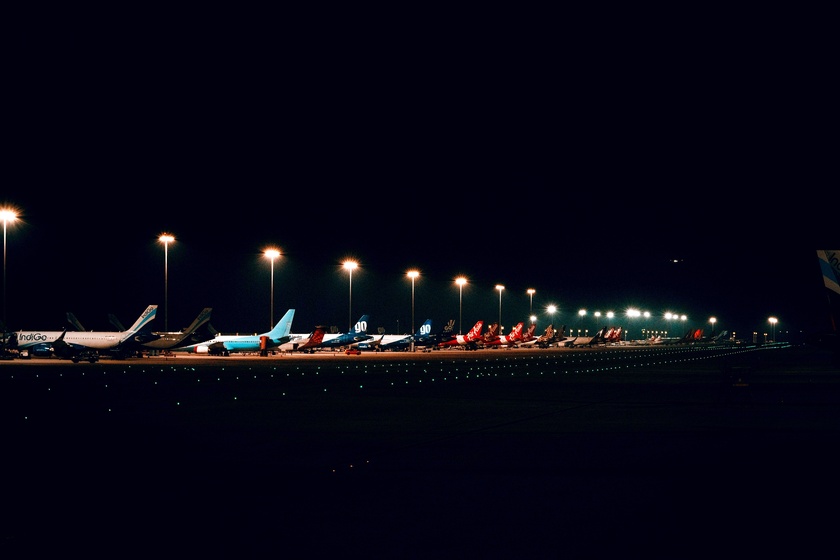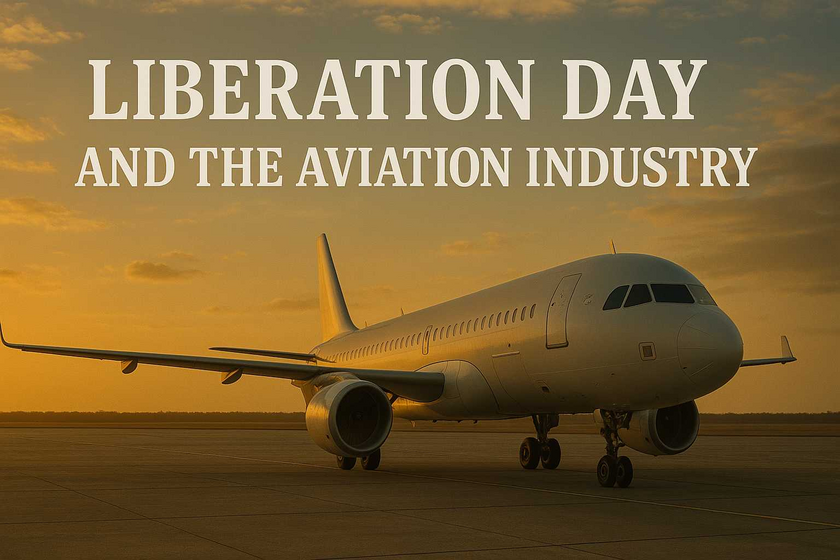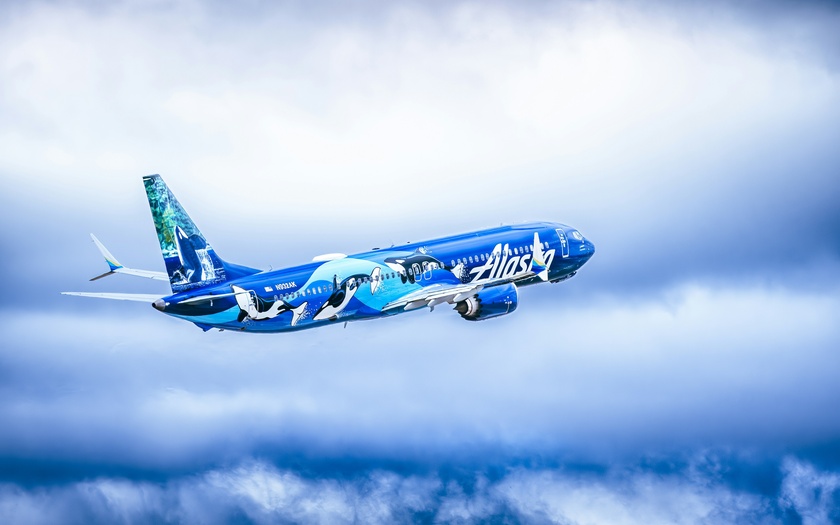It might be said that the beginning of modern aviation was on December 17, 1903, with the success of the Wright Brothers first ever heavier than air flight in Kitty Hawk North Carolina. To be sure, others consider the beginning of modern aviation to be November 21 1783 when two brothers flew a hot air balloon for the first time in France.

As with many other technological advances back then, involvement of the military and warfare was always a great boost to development and rapid deployment in technology, aviation was not different. In fact, it could be accurately stated that much of the development within the aviation industry, was as a result of the advancement in the development of airframes and their power-plants for the use in the wars of World War I with most of the advancement coming through the development of aircraft to be used in World War II.
During the Second World War, all countries advanced their development and production of aircraft and flight-based weapons systems. Militaries from around the world used strategic bombers, dive bombers, fighter bombers, and ground-attack aircraft. The advent of the radar gave more room for coordinated and controlled deployment. In 1942, the world's first jet-powered bomber launched entitled, the “Arado Ar 234.” Helicopters also saw rapid development during World War II.

What is clear is that throughout the decades from the 1910s through to the 1970s the advancement in commercial flight was heavily influenced by its applications in major wars around the world. From the first world war all the way up to Vietnam and the Korean wars. It may also be accurate to state that, without these major wars it would've taken practically another century before we got to that point in modern aviation. Without the need for countries to find the most effective and powerful ways to raise war against their enemies, and using aviation as one of those catalysts we might have never seen the rise of the modern commercial airline, which was a direct result of the manufacturer's experiences in building large military airframes.

Going it Alone
Now. Here’s a twist. Around the 1970s through to the 1990s civil aviation truly decoupled from military aviation – at least technologically – with civil aviation seeing its advances mostly exclusive of those advances in military technology. As a result, most of the advances we’ve seen in civil aviation such as commercial airliners, private jets, and general aviation aircraft are primarily due to innovations in these specific segments within the civilian aviation industry.
This decoupling from the military aviation segment around the world was a major boost for civil aviation. In fact, The two segments seem to head in separate directions with the military segment focusing primarily on weapon systems and those systems that can aid in war fighting, while the civilian sector focus primarily on efficiency, comfort, reliability and airframes that can enable greater profitability. Thus, it is easy to see that civilian aviation development became very independent of military aviation development.

On Aviation™ Note: In the first couple of decades at the beginning of the aviation industry, military aviation played a large role in advancing civil aviation. However, around the 1970s there was a decoupling between civil aviation in military aviation.

Wars and Today Civil Aviation
There’s no doubt that companies that produce civil aviation aircraft also have government contracts to produce military aircraft. Yet, with the exception of crossovers between some passenger aircraft and cargo styles in the military they produce different types and air frames for both segments. While there is undoubtedly some shared learning across the segments they seem now to be mutually exclusive from a technological development perspective.
This is why we can see that wars around the world, though they may increase revenues for the producers of military aircraft, negatively affect the civilian segments. This goes back to the decoupling we talked about that started decades ago.
Simply put, wars disrupt civilian air travel which concomitantly disrupt the demand for civilian aircraft and supporting equipment. In fact, war sometimes destroys these equipment and aircraft which not only causes a reduction in revenues but imposes replacement costs on the owners of those aircraft and equipment.
On March 15, 2022, less than one month into the war in Ukraine in our digest, “Ukraine War and Aviation: The loss of a Legend.” in highlighting he aviation’s first casualty of that war, we stated that:
For aviation lovers, one of the first casualties of the war in Ukraine is the alleged loss of an aircraft we have all come to love in all its majestic beauty and wonder. The Antonov An-225 Mriya, more affectionately called “AN-225”. The AN-225 was the largest aircraft that ever existed when measured by payloads. The loss is felt by aviation professionals and enthusiasts alike, the world over.
A Mere two weeks later on March 29th 2022, just one month into the war in Ukraine in our digest, “Ukraine War: The effects on civil aviation.” we stated that:
There is little doubt that the war in Ukraine is having an impact on the regional and global aviation industry. The magnitude, extent, and duration of that impact is not fully understood at this time. In this week's On Aviation™ digest, we share a couple of articles and a webinar that looks at this specific challenge. All of us are trying to understand the short, and long-term ramifications of this war. None of us know when this will end, yet, all of us affiliated with the aviation industry know that we must find ways to cope with any of the effects of this war on the aviation community.
Now that we are facing another hot war in the Middle East and potential spill over in the region we might expect that there will be further disruption in civil aviation. We already have airlines canceling flight and shuttering operations in the region, at least for now.
On Aviation™ Note: The decoupling of civil aviation from military aviation in terms of technological advancements, has ensured that wars no longer “benefit” – at least technologically – the civilian Aviation industry, and has led to more of a “disbenefit” to the civilian sector.
There’s no doubt that there are industries, individuals, organizations, and groups that may benefit from wars – depending on which side of the fence you’re on and what group you’re associated with. However, it is very sad to say that the civil aviation industry in general is not one of those. Therefore, it is always beneficial to this industry to hope, persuade, lobby, endorse, and support any effort that prolongs peace in any region.
Thank you for reading this week's On Aviation™ full article. What are your concerns about the increase in wars and conflict around the world? Please share your thoughts in the comments below. Remember to check out our On Aviation™ Podcast and continue the conversation on our Twitter and Instagram.
Orlando - On Aviation™


















